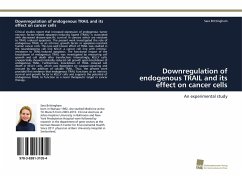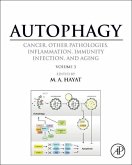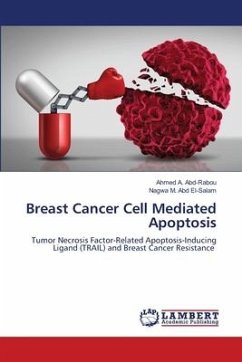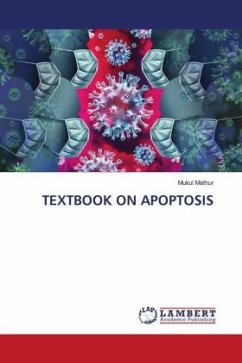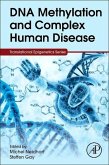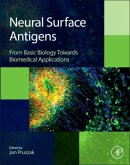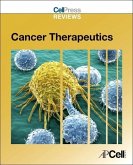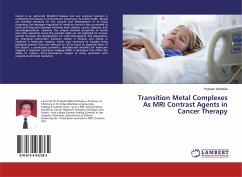Clinical studies report that increased expression of endogenous tumor necrosis factor-related apoptosis-inducing ligand (TRAIL) is associated with decreased disease-specific survival in cancers which are resistant to TRAIL induced apoptosis. The present work investigated the role of endogenous TRAIL as an intrinsic growth factor in apoptosis-resistant human cancer cells. This less-well known effect of TRAIL was studied in the neuroblastoma cell line KELLY, a cancer cell line with intrinsic resistance to TRAIL-induced apoptosis. The functional impact of the knockdown of endogenous TRAIL was investigated by measuring cell growth and cell death after transfection: Interestingly, KELLY cells unexpectedly showed markedly reduced cell growth upon knockdown of endogenous TRAIL. Furthermore, knockdown of TRAIL induced cell death in KELLY cells, which was dependent on caspase-signaling and rescued by the addition of soluble TRAIL. Thus, the present work provided first evidence that endogenous TRAIL functions as an intrinsic survival and growth factor in KELLY cells and supports the potential of endogenous TRAIL to function as a novel therapeutic target in cancer therapy.
Bitte wählen Sie Ihr Anliegen aus.
Rechnungen
Retourenschein anfordern
Bestellstatus
Storno

